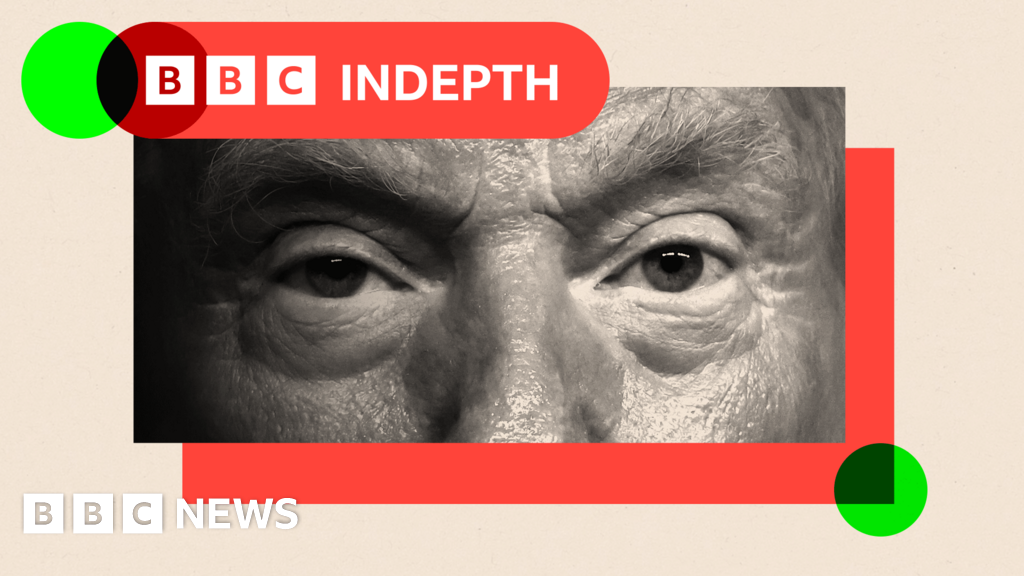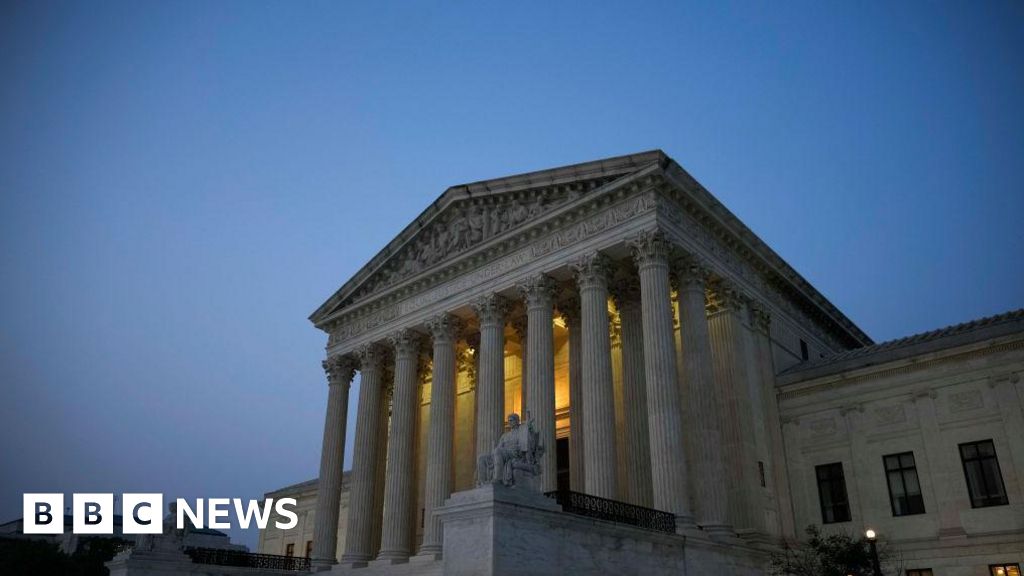Sterols, such as cholesterol in our bodies or ergosterol in yeast cells, are among the most abundant lipids in eukaryotic cells, yet are synthesized through notoriously long, complex metabolic pathways.
Researchers from UC San Diego and the NIH have used a novel combination of cell biology, in vitro biochemistry and molecular computer simulations to show that in yeast, this pathway shapes the ergosterol to balance its interactions with other lipids. This balancing act allows for the formation of membrane domains—self-assembling structures that are believed to organize proteins in cell membranes.
The work tests and revises a 50-year old textbook model, known as the Bloch hypothesis, for the evolution of sterol metabolism in eukaryotic cells. The results indicate that the complexity of sterol metabolism could have resulted from the need to balance lipid interactions required for membrane organization
“This has been one of my favorite projects,” stated Assistant Professor of Chemistry and Biochemistry Itay Budin. “It taught me so much about sterols, their metabolism, and the hoops cells go through to make their lipids dance in just the right way.”
The work is published in the journal Science Advances.
More information:
Israel Juarez-Contreras et al, Structural dissection of ergosterol metabolism reveals a pathway optimized for membrane phase separation, Science Advances (2025). DOI: 10.1126/sciadv.adu7190
Citation:
Long sterol synthesis pathways help cells balance lipids and form membrane domains (2025, May 15)
retrieved 15 May 2025
from
This document is subject to copyright. Apart from any fair dealing for the purpose of private study or research, no
part may be reproduced without the written permission. The content is provided for information purposes only.

















